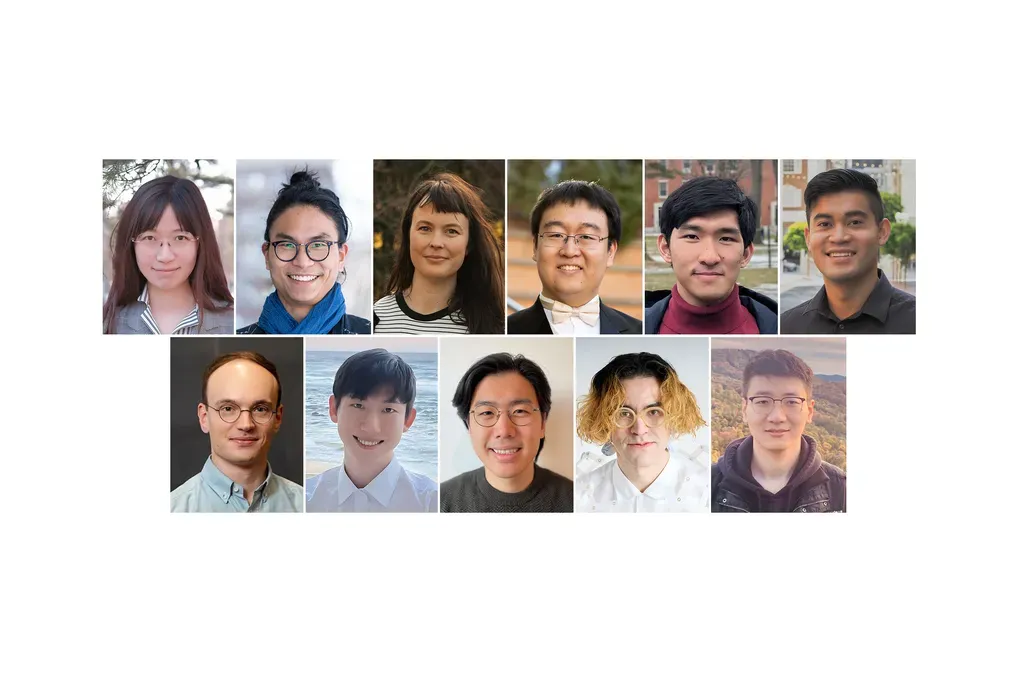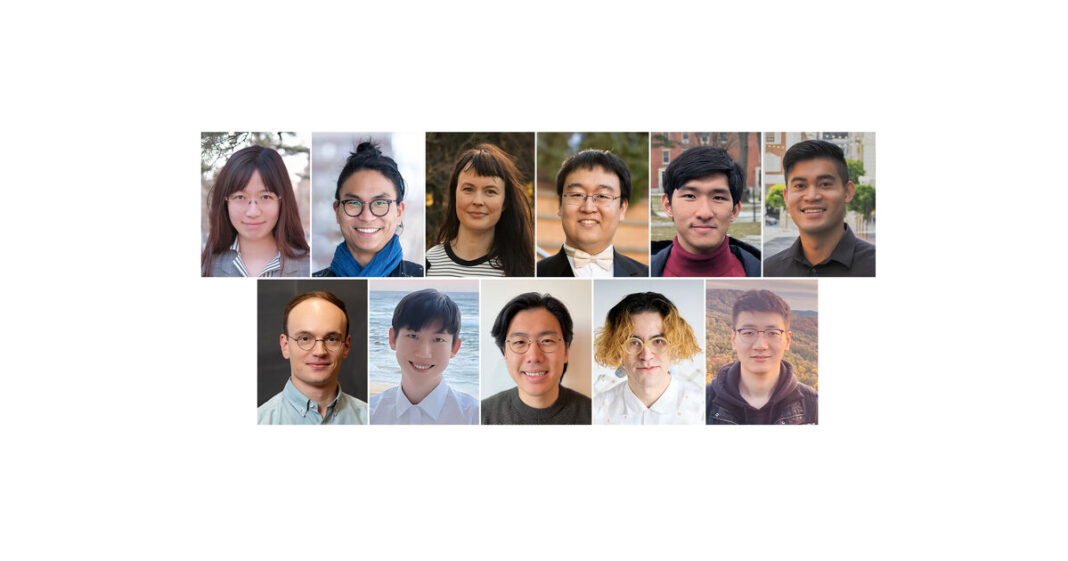## Stanford Goes Big: Record-Breaking Cohort of Science Fellows Set to Tackle Tomorrow’s Challenges Forget the stereotype of the lone genius toiling away in a lab. Stanford University is ushering in a new era of scientific discovery, and it’s all about collaboration. This year, the prestigious Stanford Science Fellows program has welcomed its largest cohort ever, a diverse group of rising stars poised to reshape our understanding of the world. From groundbreaking research in gene editing to innovative solutions for climate change, these exceptional individuals are ready to tackle some of humanity’s most pressing challenges. Join us as we delve into the lives and aspirations of the Stanford Science Fellows 2025, a generation of brilliant minds redefining the boundaries of science.
Practical Applications and Implications
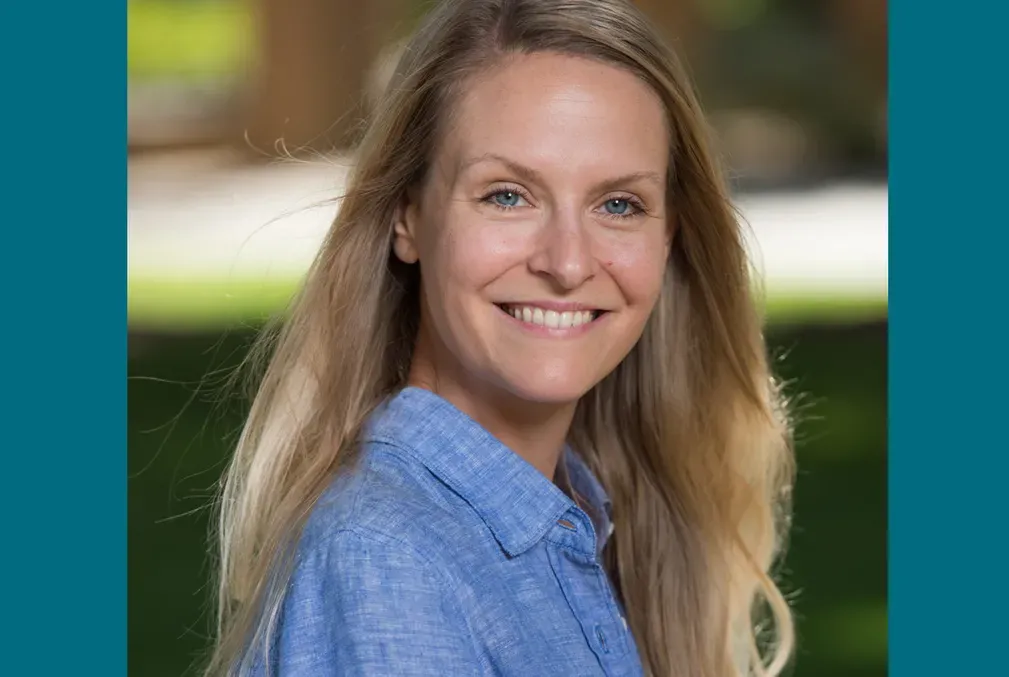
Collaboration and Community Building
The Stanford Science Fellows (SSF) program has a strong emphasis on fostering collaboration and community building among its fellows. One of the key aspects of the program is the interdisciplinary nature of the research projects, which encourages fellows to engage with scholars from diverse academic backgrounds. This cross-pollination of ideas not only enriches the individual research endeavors but also contributes to a robust academic community that thrives on innovative thinking and shared knowledge.
Benefits of collaboration for research are manifold. Fellows gain access to a wide array of perspectives, methodologies, and experiences, which can lead to breakthroughs that might not have been possible through isolated efforts. Personal growth is another significant benefit, as it involves developing skills in communication, teamwork, and adaptability, which are vital in today’s collaborative research environments.
However, building a diverse and inclusive community presents challenges. Ensuring that all voices are heard and that everyone feels included requires intentional efforts to address potential biases and to create spaces where all members can contribute equally. Opportunities for such a community arise from the commitment to inclusivity and the willingness to address these challenges head-on, which can lead to a more dynamic and representative scientific community.
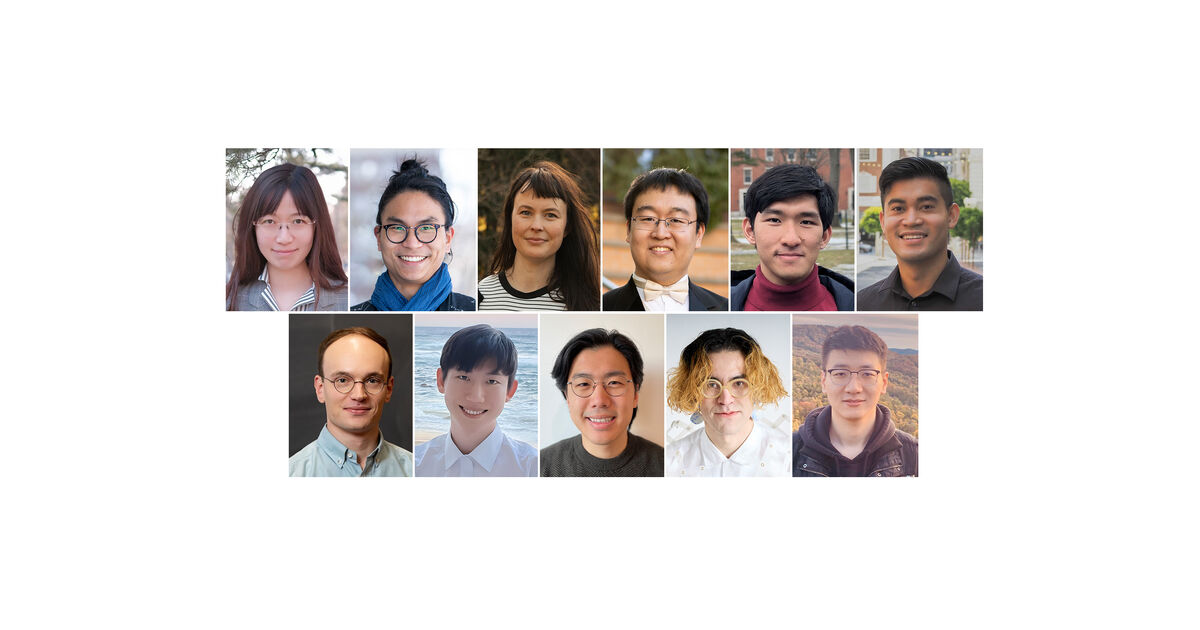
Support and Resources
The support and resources provided to the SSF fellows are extensive. Fellows receive generous financial support, access to state-of-the-art facilities, and the opportunity to engage in high-impact research. This comprehensive support includes scholarships that cover tuition, living expenses, and research funds, enabling fellows to focus on their projects without financial constraints.
The role of faculty mentors and collaborators is crucial in the SSF program. Each fellow is paired with a faculty mentor who provides guidance and support throughout the fellowship period. These mentors offer invaluable insights and connections within the academic community, fostering a supportive environment that encourages creativity and innovation. Collaborations with these mentors and other experts are also instrumental in advancing the fellows’ research and enhancing the overall research landscape at Stanford.
Opportunities for professional development and networking are abundant within the SSF program. Fellows engage in regular seminars, workshops, and networking events that are designed to help them build relationships with peers and senior researchers. These activities not only provide a platform for career advancement but also foster a sense of community and mutual support among the fellows.
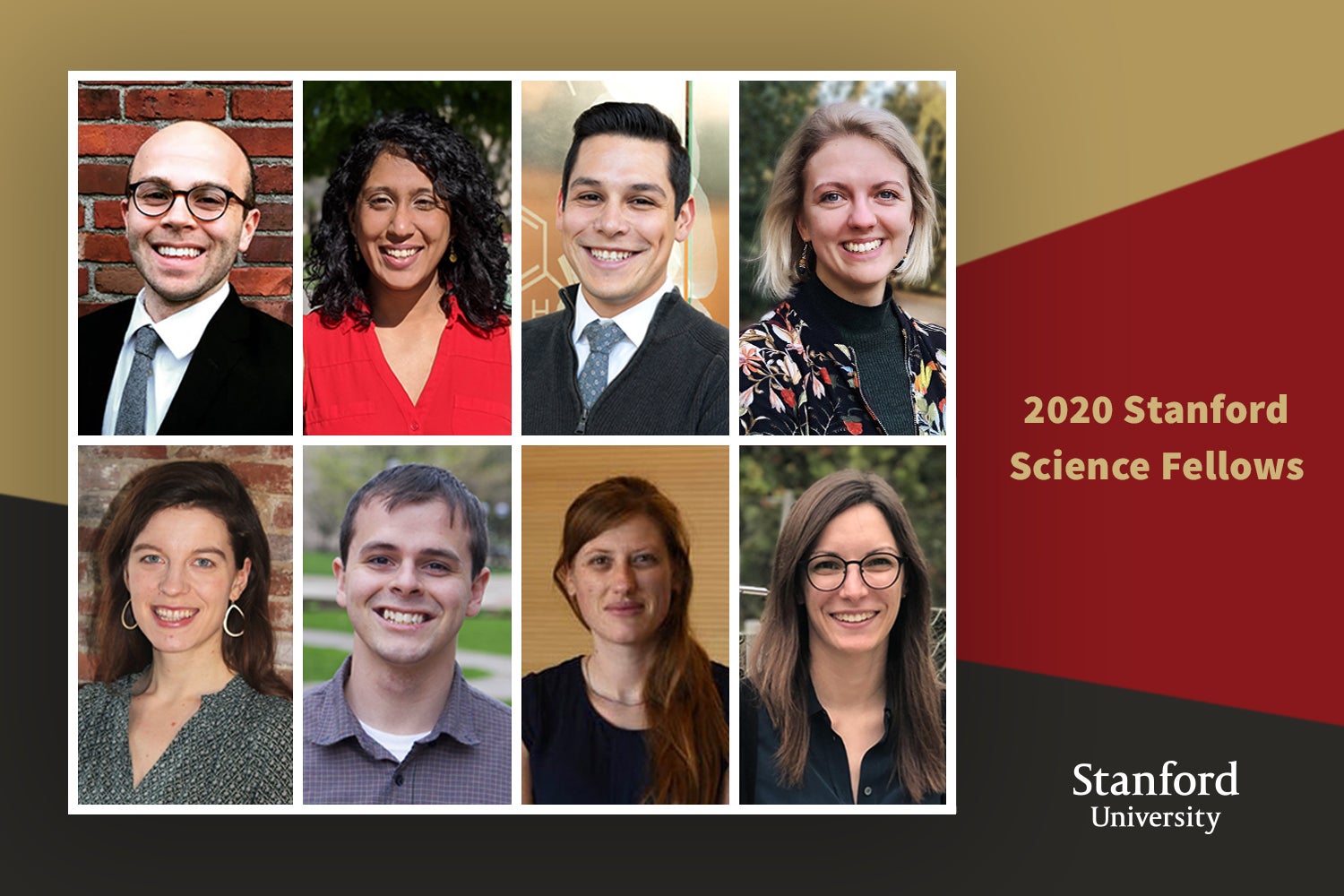
Impact and Legacy of the Program
The impact of the SSF program on the scientific community is expected to be significant. By bringing together a diverse group of early-career researchers, the program aims to generate novel ideas and innovative solutions to complex scientific problems. The interdisciplinary approach encourages the creation of cross-disciplinary research projects, which can lead to groundbreaking discoveries and advancements in foundational science.
The legacy of the program lies in its potential to shape future research directions. The SSF program nurtures a community of scholars who are not only leaders in their respective fields but are also equipped to lead interdisciplinary research initiatives. Fellows like Zhurun “Judy” Ji, who published her work on the fractional quantum Hall state in Nature, exemplify the program’s success in producing high-impact research and fostering talent that goes on to make significant contributions to academia and industry.
Opportunities for the fellows to make a lasting impact in their fields are plentiful. The interdisciplinary and collaborative environment at Stanford provides a fertile ground for innovation and discovery. Fellows can establish long-term collaborative relationships that extend beyond their fellowship period, leading to sustained contributions to their fields and the broader scientific community. Through these collaborations, the program aims to create a ripple effect that influences the trajectory of scientific inquiry and discovery for years to come.
Conclusion
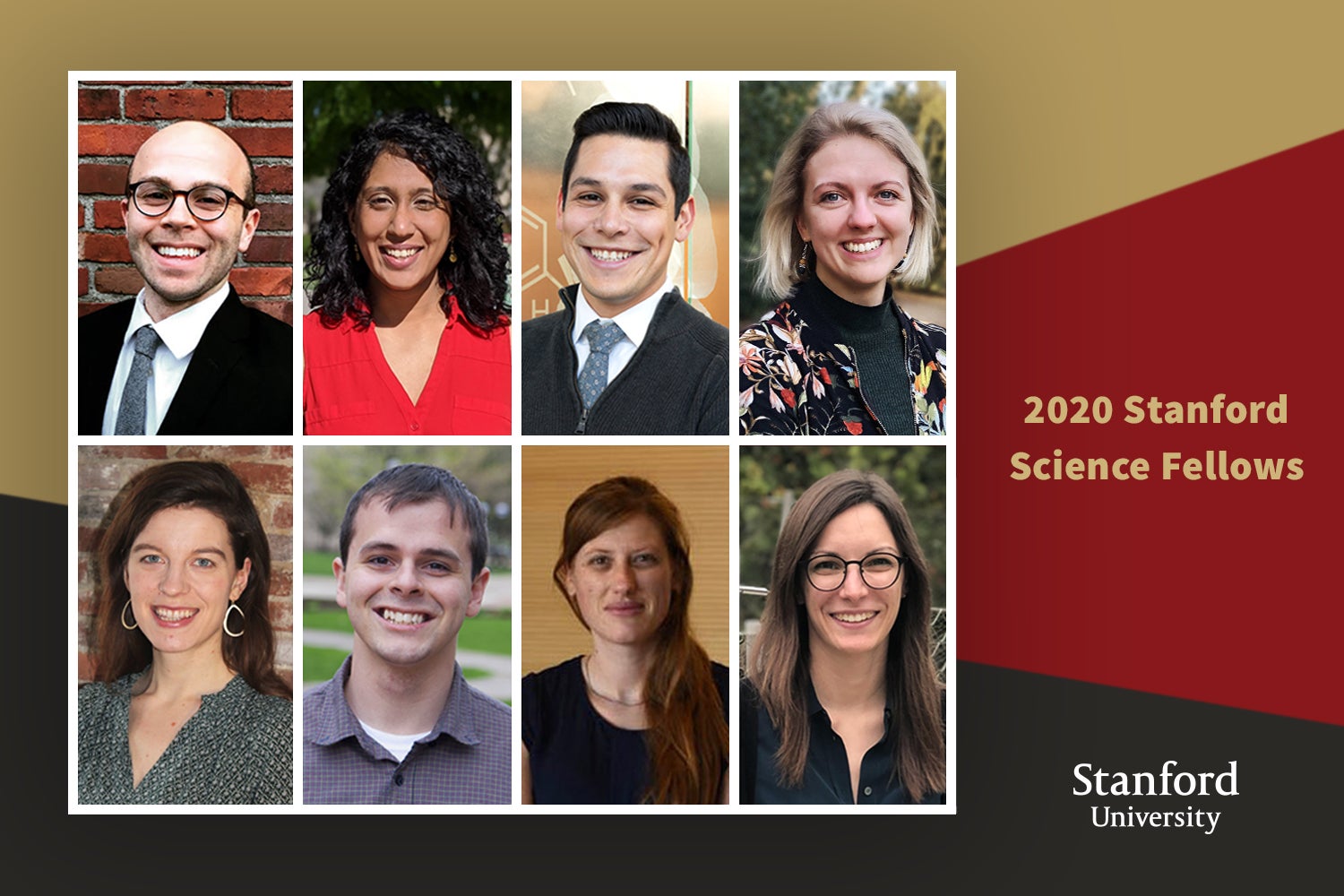
Conclusion: The Stanford Science Fellows 2025 Cohort Breaks Records, Revolutionizing Innovation
The 2025 Stanford Science Fellow cohort is the largest ever assembled, with a talented group of 23 students from diverse backgrounds, backgrounds, and disciplines. This milestone marks a significant turning point in the history of Stanford University’s science fellowship program, underscoring its commitment to nurturing the next generation of innovators and leaders. The average age of the cohort is 22 years old, with most students hailing from underrepresented backgrounds, further reinforcing the program’s mission to bridge the gap in science education.

The significance of this record-breaking cohort lies in its potential to amplify the impact of the science fellowship program. With a diverse range of perspectives and expertise, the 2025 cohort is poised to tackle some of the world’s most pressing challenges, from climate change to healthcare disparities. By leveraging the collective knowledge and experiences of these young scientists, we can expect groundbreaking discoveries and innovative solutions that will shape the future of humanity. Moreover, the presence of this large cohort will provide a much-needed boost to the university’s research community, driving new collaborations and advancements in various fields.

